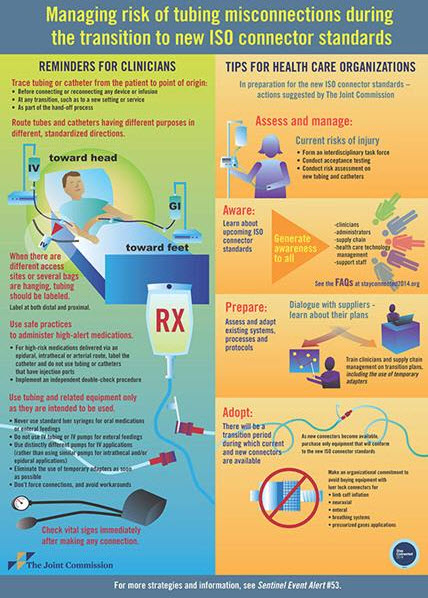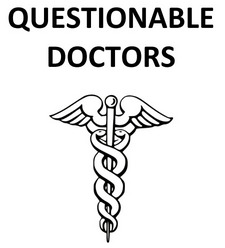Joan Rivers died Today after an endoscopy at Yorkville Endoscopy Center in New York left her in a coma for several days
Potential medical malpractice during a routine procedure for her vocal cords may have lead to the death of Joan Rivers earlier Today. A few days ago we wrote that the 81 year old comedian and TV personality had to be rushed to Mount Sinai Hospital in New York after she stopped breathing during vocal cord surgery (see previous blog). After doctors at Mount Sinai tried unsuccessfully to bring her out of her coma, her daughter Melissa gave the go-ahead to remove her mother from life support Today. RIP Joan Rivers. New York state health officials are investigating the outpatient clinic where Joan Rivers underwent the endoscopic procedure before she stopped breathing last week. It will be interesting to learn the role anesthesia played in leading to her respiratory distress and cardiac arrest. She was a ground breaker and will be missed.
Read more in the Daily Beast
 New York Personal Injury Attorneys Blog
New York Personal Injury Attorneys Blog



 The device called tampostat, costs only $1.50 to produce. It allows the condom to be securely introduced into the uterus and filled with an amount of saline appropriate to the size of the uterus.
The device called tampostat, costs only $1.50 to produce. It allows the condom to be securely introduced into the uterus and filled with an amount of saline appropriate to the size of the uterus.
